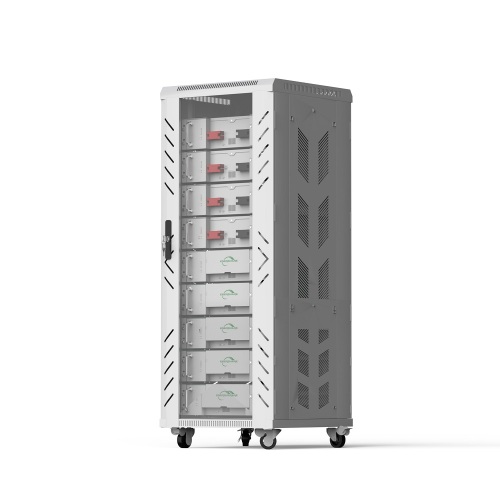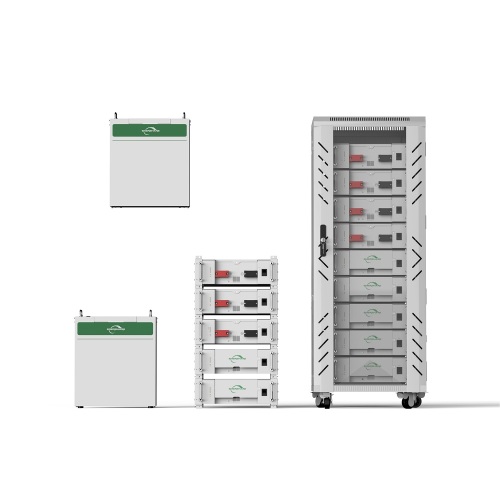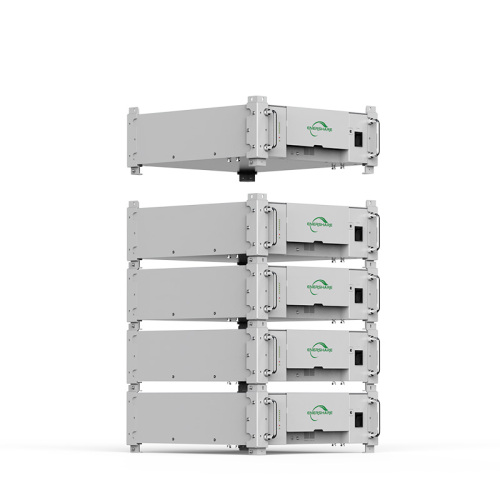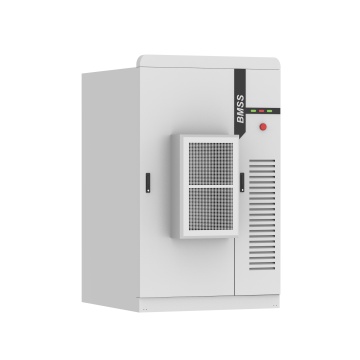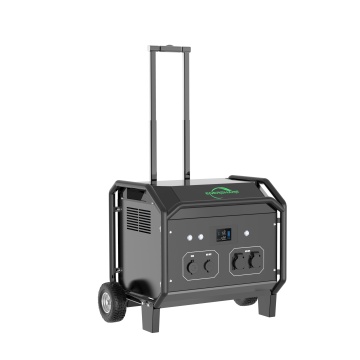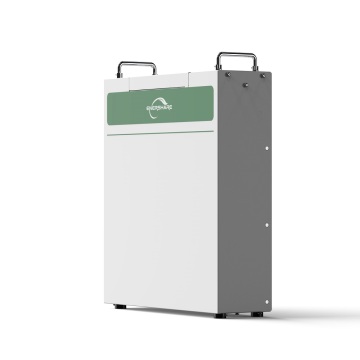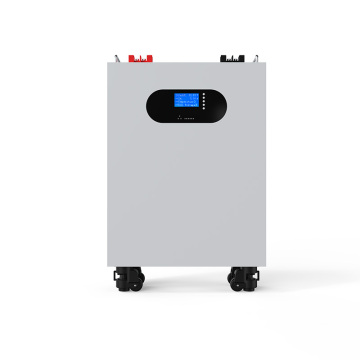
51.2v 5.12kwh 100ah Solar Lithium Battery
-
$659.001-99 Piece/Pieces
-
$599.00100-499 Piece/Pieces
-
$559.00≥500 Piece/Pieces
- Transportation:
- Ocean, Land
Quantity:
Your message must be between 20 to 2000 characters
Contact NowBasic Info
Basic Info
| Payment Type: | L/C,T/T,D/P,Paypal |
|---|---|
| Incoterm: | FOB,DDP,CIF,EXW |
| Transportation: | Ocean,Land |
Product Description
Product Description
This product is a lithium-ion battery system designed for solar energy storage. The core parameters are:
Nominal voltage: 51.2V (consisting of 16 3.2V single cells in series, suitable for 48V solar inverter)
Energy capacity: 5.12kWh (calculation formula: 51.2V × 100Ah = 5120Wh, i.e. 5.12 kWh)
Rated capacity: 100Ah (indicates that the battery can output 100 ampere-hours of electricity at 51.2V voltage under standard conditions)
Technology type: Usually lithium iron phosphate (LFP) batteries are used, taking into account safety, life and cost.
Its core function is to charge through solar panels, store electricity and release it when needed, suitable for off-grid or grid-connected energy storage scenarios.
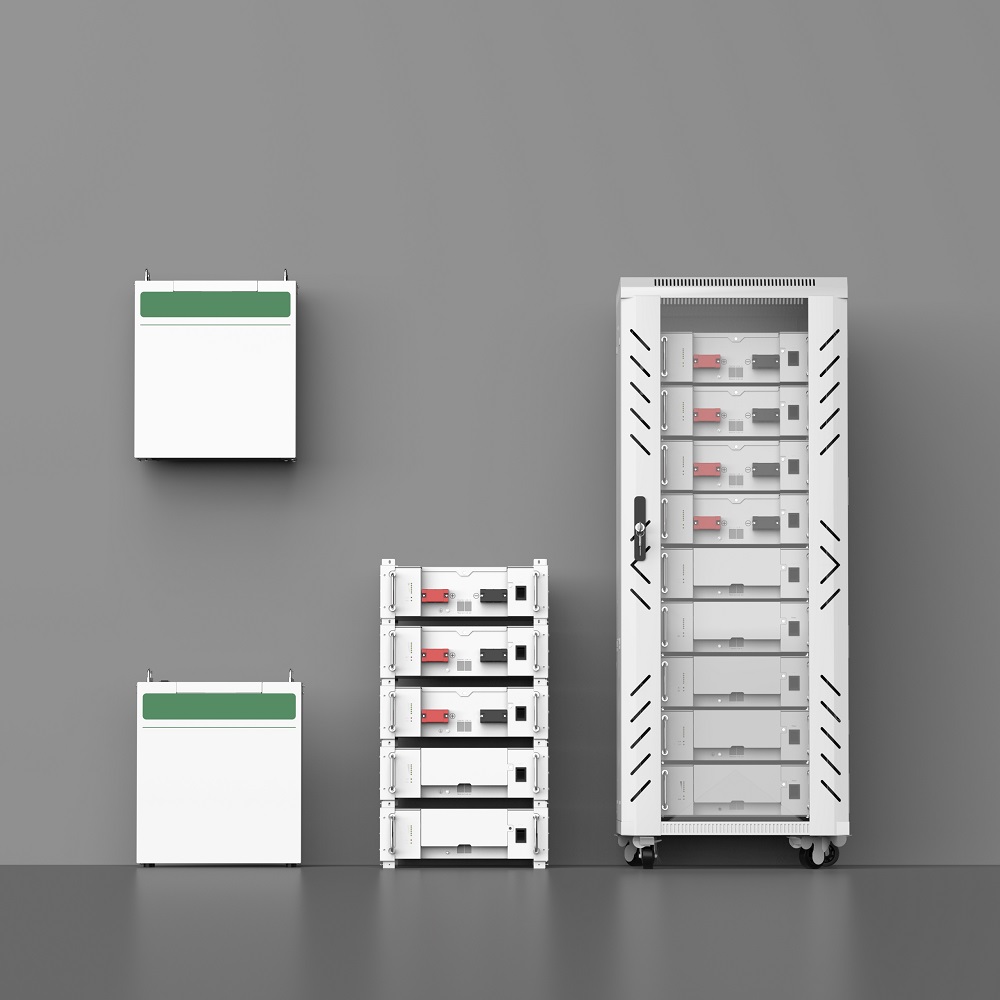
Electrical Parameter
Battery Type |
LiFePO4 |
Battery Capacity per Kit [Wh] |
5.12KWh |
Usable Energy [Wh] |
4.6kWh |
Rated Voltage[V |
51.2V |
Voltage range [V |
44.8V-57.6V |
Max.Charging and Discharging Rate |
100A |
Depth Of Discharge [DOD] |
≤90% |
Cycle Life(25℃,0.5C) |
≥6000 times,80%Capacity retention |
Scalability |
Yes |
General Data |
|
Communication Mode |
RS485/CAN2.0 |
Operating Temperature Range |
0~50℃(Charge)/-10~50°℃(Discharge) |
Storage Temperature Range |
-15℃~60℃ |
Cooling Method |
Natural Convection |
Altitude |
<1000m |
Ambient Humidity |
20-95%non-condensing |
Noise[dBA] |
<25 |
Ingress Protection |
IP20 |
Dimensions[H*W*D] |
549*368*135mm |
Weight |
50kg |
Installation Methods |
Floor Standing,Wall Mounted,Rack Mounted(EB-512RT),Stacked Mounting |
Technical highlights:
High energy density: small size, light weight, easy to install (such as home energy storage cabinets or RV battery compartments).
Long life: The cycle life of lithium iron phosphate batteries far exceeds that of lead-acid batteries, reducing the frequency of replacement.
Safety: LFP batteries have strong thermal stability and are not easy to catch fire due to puncture or extrusion.
Compatibility: Supports seamless integration with solar controllers and inverters.
Application areas
Household solar energy storage
Peak and valley electricity price arbitrage: charging at night and discharging during the day to reduce electricity bills.
Backup power supply: Power key equipment (such as refrigerators and lighting) when the power grid is out.
Off-grid power supply: With solar panels, provide independent power for remote areas or areas without power grid.
Commercial and industrial energy storage
Demand-side response: Participate in power grid peak regulation and obtain subsidies.
UPS uninterruptible power supply: Protect key loads such as data centers and medical equipment.
Agriculture and remote areas
Power irrigation systems and monitoring equipment to solve the problem of no power grid coverage.

Maintenance methods and precautions
Daily use
Avoid overcharge and over discharge: It is recommended to control the discharge depth within 80% and use BMS automatic protection.
Regular balanced charging: once a month to ensure the consistency of the battery pack (avoid excessive voltage differences in the cells).
Environmental control: Avoid storage in high temperature (>40℃) or low temperature (<0℃) environments, and install a temperature control system if necessary.
Long-term storage
Power management: Charge to 50%-60% before storage, and replenish power every 3 months.
Disconnect the load: Avoid self-discharge leading to over discharge (such as turning off the battery switch when not in use for a long time).
Safe operation
Waterproof and moisture-proof: Avoid water or moisture in the battery to prevent short circuit.
Professional maintenance: Contact the manufacturer in case of failure, do not disassemble it by yourself (the battery contains high-voltage circuits).
Solar system matching
Charging current limit: Ensure that the output current of the solar controller does not exceed the rated value of the battery (such as the recommended charging current of a 100Ah battery is ≤50A).
Avoid reverse charging: When there is no light at night, the controller needs to automatically cut off the connection between the battery and the solar panel.
Related Keywords
Related Keywords


